Shravanabelagola is a city located near Channarayaptna of Hassan District in the Indian state of Karnataka. The Gomateshvara statue at Shravanabelagola is one of the most important tirthas (pilgrimage destinations) in Jainism. The town is a prominent centre for Jaina art, architecture, religion and culture for over 2,300 years. It is a town of ponds and temples. The name of this holy center is derived from the pond called ‘biligola’ (white pond) between two hills. It is believed that Chandragupta Maurya, the founder of the Maurya Dynasty and the Maurya Empire died here in 298 BC after he became a Jain monk and assumed an ascetic life style.
Shravanabelagola has two hills, Chandragiri and Vindhyagiri. The 58 feet tall monolithic statue of Gomateshvara (it is also referred as “Bahubali” by the Jains) is located on the Vindyagiri Hill. It is considered to be the world’s largest monolithic stone statue. The statue is carved beautifully from a single block of rock with accurate sense of proportion and expression. Gomata has curly really nice hair in ringlets on the head and long, large ears. His eyes are open as if viewing the world with detachment. The facial features are perfectly chiseled with a faint touch of smile at the corner of his lips and embody calm vitality. There is an anthill in the background which signifies his incessant penance and from where emerges a snake and creepers which twine around both his legs and his arms culminating as cluster of flowers and berries at the upper portion of the arms. The posture of meditation, of the digambara (nude) statue is known as ‘Kayotsarga’, symbolizing renunciation, self-control and subjugation of ego as the first step towards salvation. It represents the complete victory over earthly desires and needs that hamper spirtual ascent towards divinity.
The statue at Shravanabelagola was voted by the readers of “Times of India” a leading daily, as the first of the Seven Wonders of India by scoring 49% votes.
The base of the statue has an inscription in Prakrit, dating to 981 AD. The inscription praises the king who funded the effort and his general, Chavundaraya who erected the statue for his mother. Every twelve years, thousands of devotees congregate here to perform the Mahamastakabhisheka, a spectacular ceremony in which the statue is anointed with water, turmeric, rice flour, sugar cane juice, sandalwood paste, saffron, and gold and silver flowers.
The Vindhyagiri hill is about 470 feet above the ground and is of solid rock. It must be climbed barefoot. Tourists can use the main steps from the town consisting of dual flights of about 660 steps to the top which was cut out in the rock. You may see old people climb these steps however they are steep and it can be a hard climb. In summer the rock can get hot, so you may carry a pair of socks to be worn while climbing the steps. Old people who cannot climb can avail palanquin services. The palanquin bearers carry them on chair.


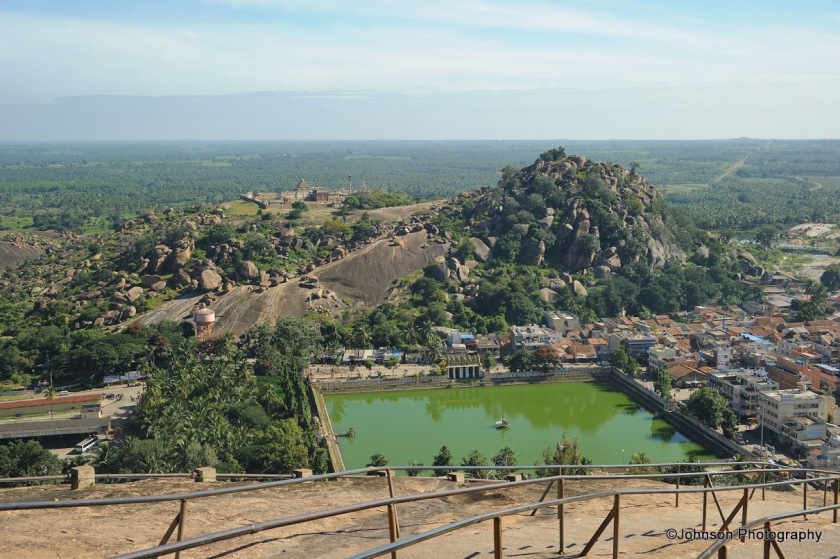
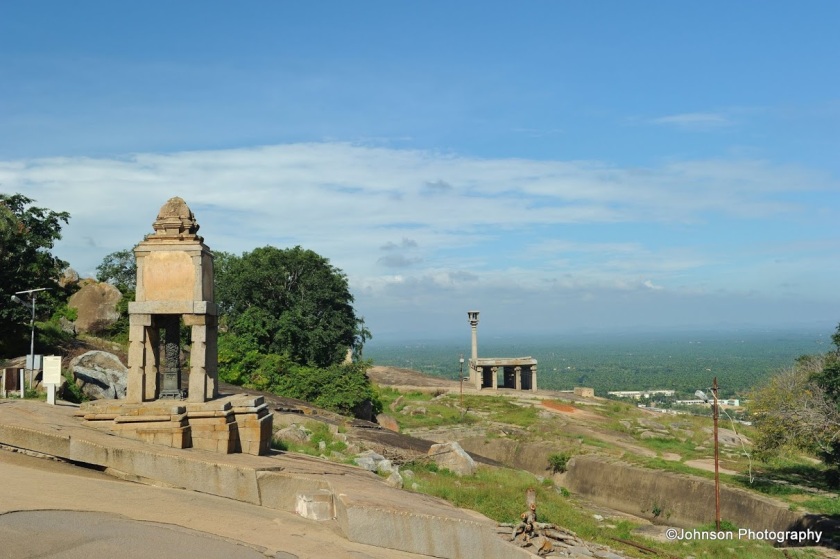












Chandragiri hill is a small hill located just opposite to the Vindhyagiri hill. It is believed that Chandragupta Maurya, the founder of the Maurya dynasty, breathed his last in this hill. Steps have been cut out in this hill and the ascent is similar to that of Vindhyagiri. It is steep and hard to climb. The hill has memorials to numerous monks and shravakas who have meditated here. Chandragiri also has the tomb of Chandragupta Maurya. There are also several monuments of interest scattered around this hill.







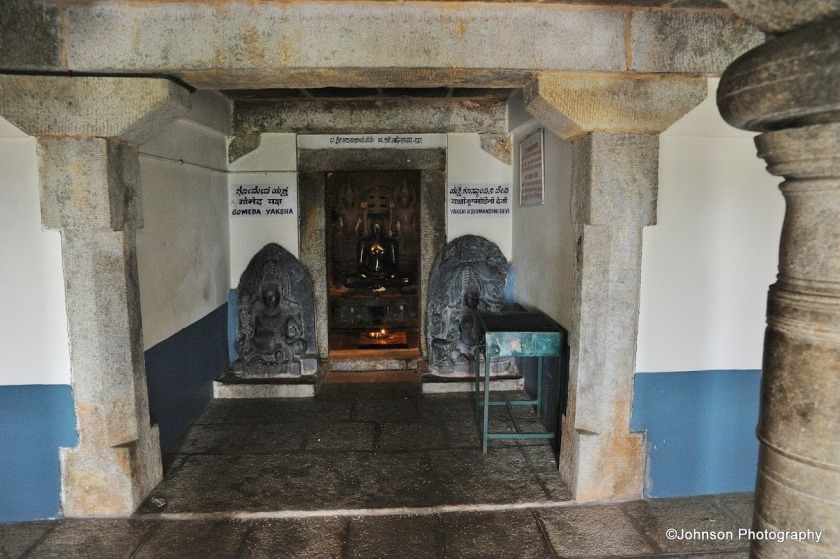
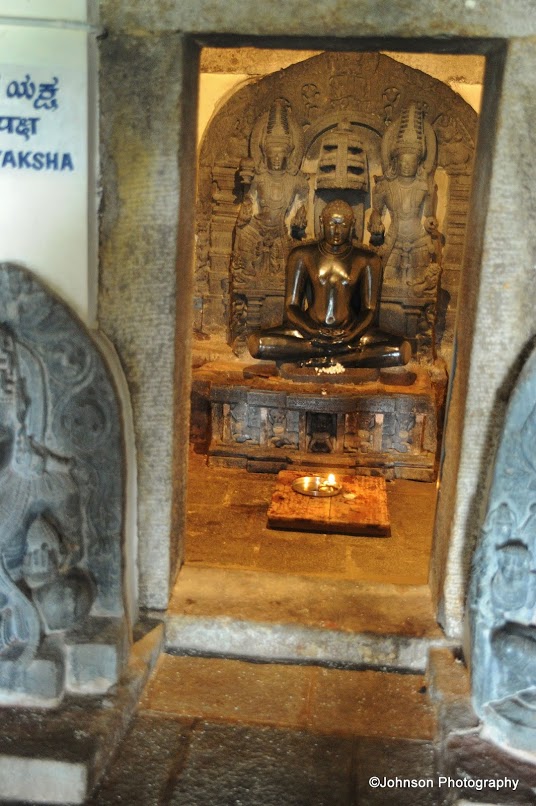
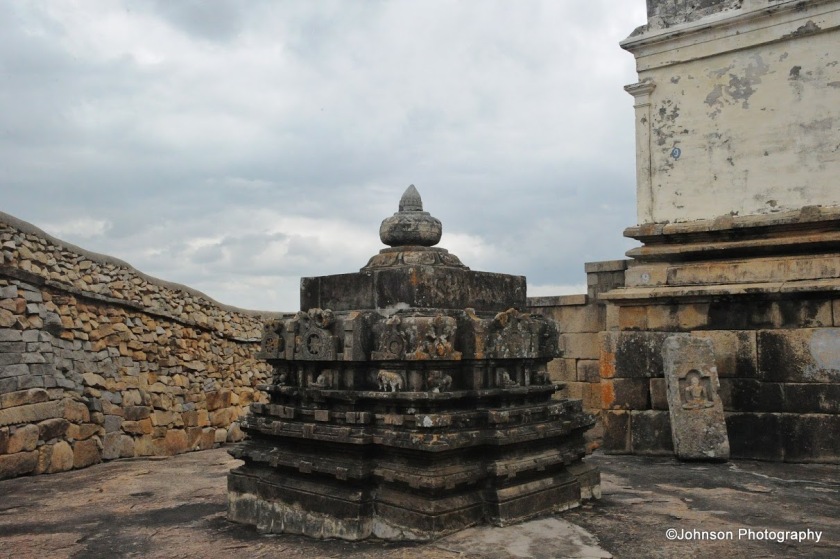


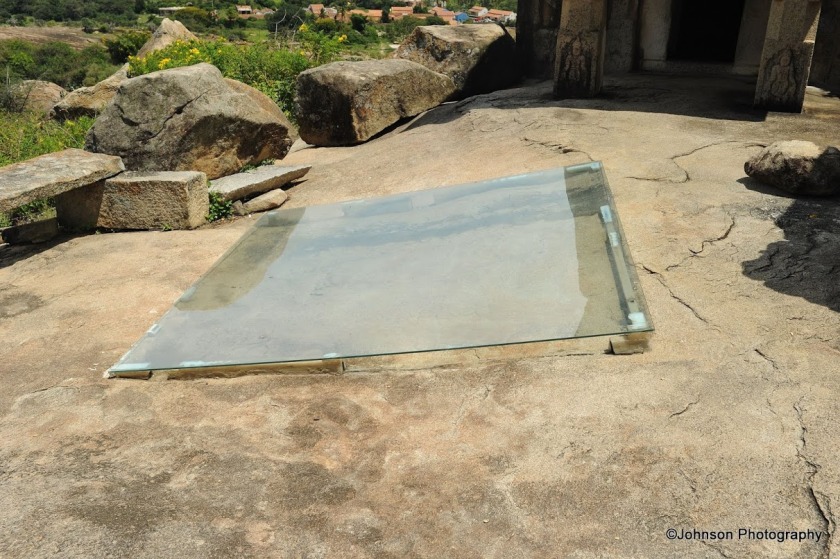


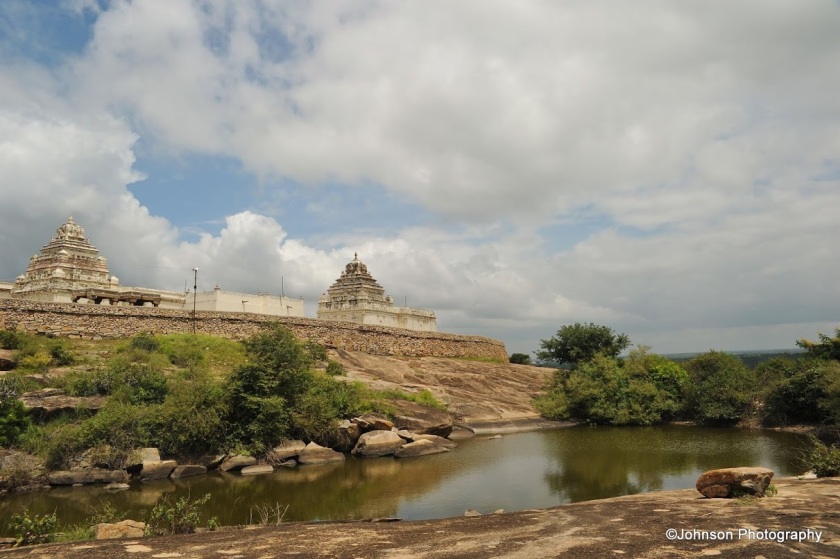





The view is amazing. It looks like a scene out of a romantic period drama. Love the statues as well. Have a brilliant Sunday.
LikeLike
Thanks you very much. Have a nice weekend.
LikeLike
Reblogged this on Spiritual Challenges.
LikeLiked by 1 person
Great post with great photos! This is yet another place that i have been meaning to visit for ages – hopefully, I will get there sometime. And, I have a vague memory, did Chandragupta supposedly die there after having himself walled up in a small chamber?
LikeLike
Hope you will make it soon. Thanks.
LikeLiked by 1 person
I actually happen to be a Jain from Karnataka. Glad to see you enjoyed visiting!
LikeLike
Yes, it was really wonderful. Thanks.
LikeLiked by 1 person
Great account and lovely pictures
LikeLike
Thanks.
LikeLiked by 1 person
🙂
LikeLike
Fascinating, vicarious adventure!
LikeLike
Thank you very much for stopping by my blog and commenting.
LikeLike
Thanks for liking my post ! 🙂
Regards,
Aliosa 🙂
LikeLiked by 1 person
Grandios!
LikeLike
Thanks.
LikeLike
Thank you for sharing this fascinating history and all the beautiful scenery from this highly regarded place in India. 🙂
LikeLike
Thank you very much for your visit and comments.
LikeLiked by 1 person
You’re welcome! 🙂
LikeLike
That is one giant penis
LikeLike